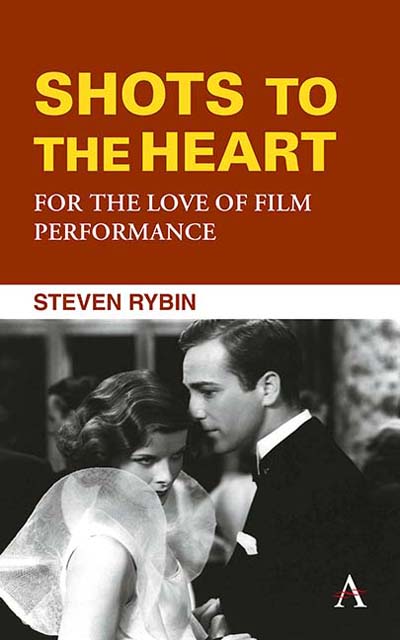Summary
In Alan Rudolph's 1976 film Welcome to L.A., Geraldine Chaplin plays Karen Hood, a housewife who spends her days riding around in taxi cabs, imitating Greta Garbo. Her love for Garbo could belong to the same pantheon as Sal Mineo's quiet affection for Alan Ladd in Rebel Without a Cause (Nicholas Ray, 1955) or Constance Bennett's playful flirtation with a magazine photo of Clark Gable in What Price Hollywood? (George Cukor, 1932). But this is a remarkable case in which a character's love for an actor emerges from the actor's own: according to Rudolph, the idea that her character would imitate Garbo was Chaplin’s.
In Welcome to L.A., Chaplin shapes Karen as a character who uses performance to imagine a more satisfying life. Her self-styled personal drama eventually finds an audience in Carroll Barber (Keith Carradine), a playboy songwriter in Los Angeles to attend new studio recordings of his songs. Carradine first encounters Chaplin sitting on a curb on a quiet street. As he drives up, she's jotting something down in her notepad—Karen is a writer, of the most private kind, and the words she speaks, sometimes to other characters but also sometimes in a direct address to the camera, are quite arcane, as if she were conducting an experiment in the ability of words to describe an emotional state, as if her text were still in the process of being worked-out even as she speaks it. She is wearing the same red beret and fur coat she always wears as she travels around Los Angeles. But here, for a moment, she rests; killing time, writing. Barber is curious, so he pulls up beside her. Rudolph frames much of their conversation from the passenger side of the car, as Carradine looks out the window at Chaplin (Figure 2). Carradine asks if she wants a ride. Karen pretends not to hear, and then, bringing her eyes to his, claims she can't go with him because she can't drive. Karen, rather than communicate soberly, prefers instead to perform, sliding into her Garbo cough—again an homage to the film she adores, Camille (George Cukor, 1936)—as she looks back down at her notepad.
- Type
- Chapter
- Information
- Shots to the HeartFor the Love of Film Performance, pp. 7 - 12Publisher: Anthem PressPrint publication year: 2022

